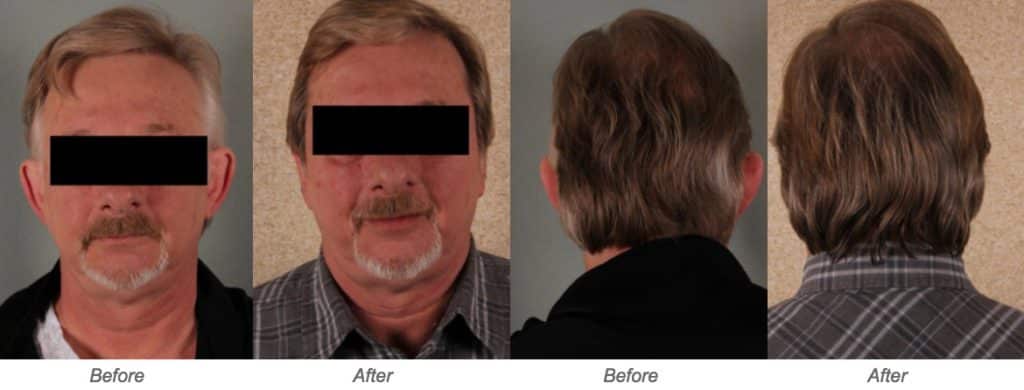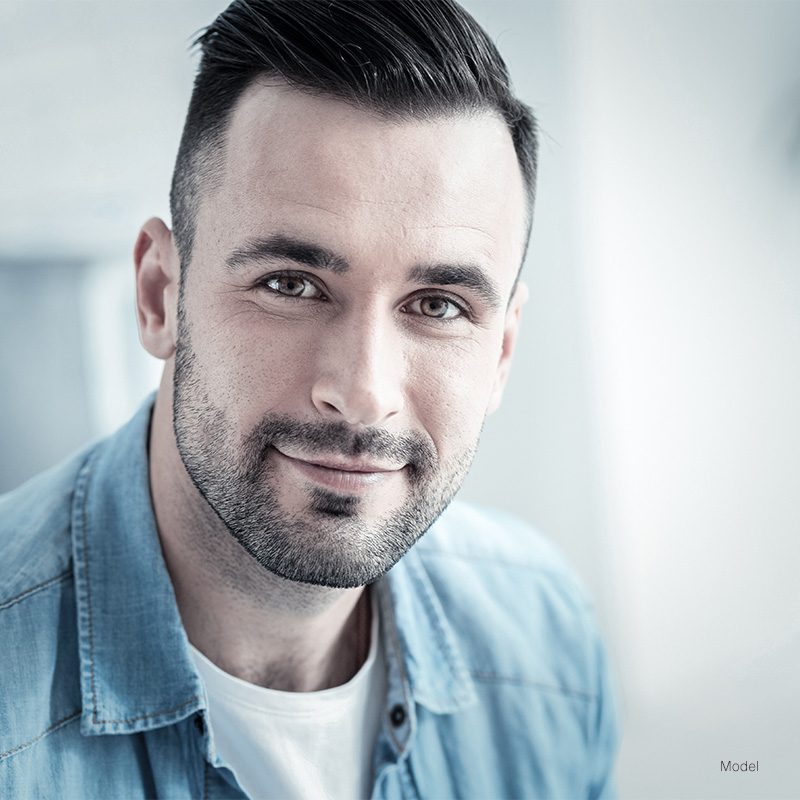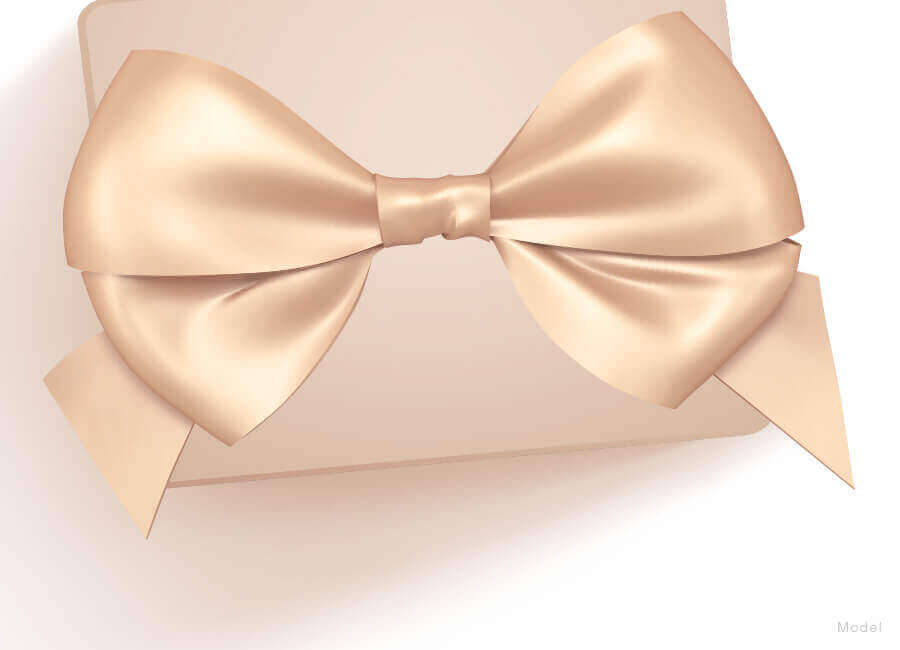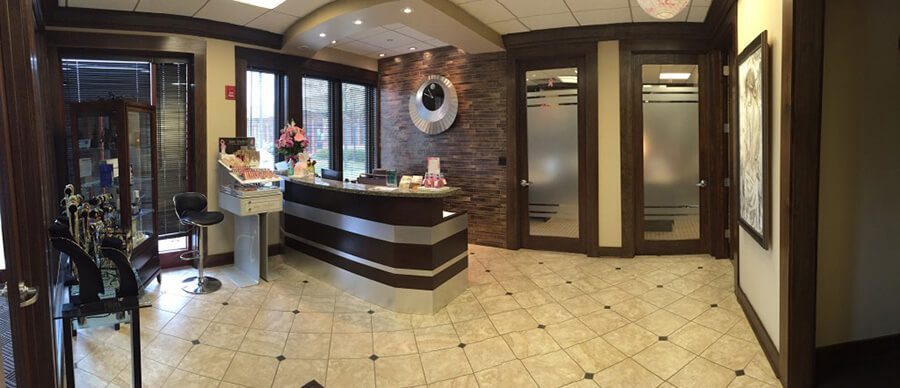Otoplasty
Otoplasty Procedure
Our ears balance our facial features and allow us to accessorize our looks. Unfortunately, because of genetics we sometimes need to turn to plastic surgery for correction and repair. Otoplasty, also referred to as ear pinning, repositions the ears closer to the head so they are less prominent. No doubt, kids can be cruel, especially when it comes to picking on someone’s looks. Children with protruding ears are subject to ridicule and their self-esteem takes a beating with every taunt.


Am I a good candidate?
A good otoplasty candidate must be in good health, have no active diseases or serious, pre-existing medical conditions, and must have realistic expectations of the outcome of the surgery. Otoplasty is performed at any age after the ears have reached their adult size, which is typically by age 7. Most frequently, ear pinning surgery is performed on children between the ages of 7 and 14, yet healthy, non-smoking adults with unhappiness about their protruding ears are also good candidates for otoplasty.
The Procedure
The otoplasty procedure lasts approximately two hours depending on the severity of the ear protrusion. Patients having otoplasty in our accredited surgical unit will be under IV sedation when the doctor makes a small incision behind the ear. The cartilage is then sculpted and sutured into its new position to achieve the desired appearance. In some types of otoplasty, only skin is removed but the cartilage is left in one piece and merely bent back on itself for a smaller-looking ear. After sculpting the cartilage to the preferred shape, sutures and a bandage are used to hold the ear in its new position until healing is complete. To achieve a more symmetrical appearance, both ears may be operated on even if only one has more prominence.
The Recovery
With otoplasty recovery, patients leave our accredited surgical unit wearing a bandage to minimize swelling and to keep the ears protected. Since swelling is gravitational, we recommend sleeping with the head of the bed elevated or using two to three pillows for one week after surgery. Additionally, bending, lifting, or straining should be avoided. Bruising, swelling, and disrupted sleep are very normal post-operative otoplasty symptoms and will decrease as the healing process occurs. It is important for three to four days after the surgery, to keep the dressing dry and intact. Bathing is OK, but do not get the bandage wet. After patients come for their first post-op appointment, the bandage will be removed. Patients will be instructed to wear a headband to protect the ears. Patients may shower after the bandage is removed. The headband should be worn as instructed. It takes time for the swelling to subside and for the skin to heal, but patients return to school or work within a short amount of time following surgery.
Terms to Know
Sculpt – to form, shape, or manipulate, as in the manner of sculpture.
Cartilage – the firm, rubbery tissue that cushions bones and joints. A flexible kind of cartilage makes up other parts of the body, such as the larynx and the outside parts of the ears.
IV sedation – Sedatives administered by injection into a vein to help you relax.
Otoplasty
Frequently Asked Questions
-
Why is wearing a headband after otoplasty so important?
Initially, the headband helps to reduce swelling, but its primary role during the weeks after surgery is to protect your ear from bending forward, especially during sleep and when putting on clothing.
-
Can I play sports after having otoplasty?
Your plastic surgeon will let you know when you have healed enough to go back to playing sports. Usually six to eight weeks after your procedure, you may play any kind of sport with the exception of wrestling. In wrestling, opponents grab and hold on to each other’s ears very roughly, which may cause damage. As for sports that require wearing a helmet, you must be mindful of your ears when putting it on and removing it.
-
Is hearing loss associated with otoplasty surgery?
No. With otoplasty, only the outer ear is involved, not the middle or inner ear.







